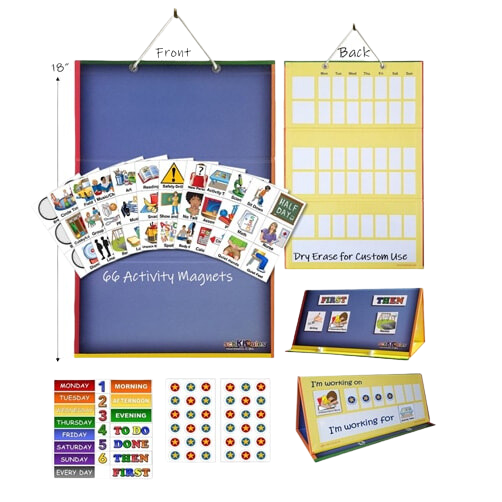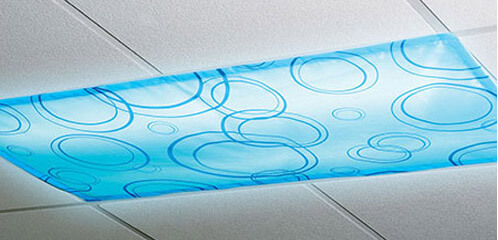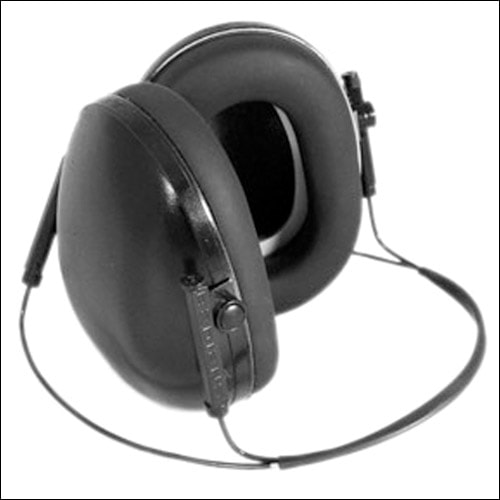The “optimal” zone of regulation is crucial during learning activities. The optimal learning zone is characterized by the just right amount of attention, focus and processing speed to allow learning to take place. Outside of this optimal zone are two zones that are characterized by decreased or heightened levels of arousal. The appropriate use of sensory tools and strategies may help students maintain an optimal state of alertness during learning activities.
The low arousal zone is characterized by low energy levels and decreased alertness. This zone may be optimal when we are winding down from a long day but it is not a great zone to be in when learning needs to take place! In the learning environment this state of decreased alertness can make concentration and processing difficult.
The high arousal zone is characterized by increased levels of alertness. Heightened states of alertness are optimal during times of real or perceived danger but is not optimal for learning. In a learning environment this heightened state of arousal will lead to distractions and difficulty with focus.

Posted Schedules. Posting the daily schedule can have a tremendous impact on the student with an over-responsive sensory system. Posting the schedule allows the student to anticipate what is coming up next and prepare their systems for the sensory experiences that the next event will bring. This helps the student to attend and focus rather than be distracted by the anticipation of what will be happening next. The simplest solution is to write the daily schedule on the board! For early or nonreaders, a visual schedule (like Schkidules) may be easier to understand.
Lighting: Harsh glare and the flicker from fluorescent lights can be distracting for some students. When possible, turning off overhead lights and relying on natural lighting is a great solution. However, natural lighting is not always available or optimal; in those cases light filters offer a great way to reduce the harsh glare emitted from some types of overhead lighting!


Noise Reduction. Classrooms can get noisy! The typically responding sensory system may be able to handle the fluctuations in noise levels with expected reactions like covering the ears. For the student with the over responsive system the rise in noise level (or the anticipation of a rise in noise level) may be distracting or be a source of anxiety. Rugs and curtains can help to absorb some noise. Chair Socks are a great option for chair legs; they help to minimize the sounds created by chairs moving across the floor. Access to noise-cancelling headphones may be another option for students with significant sound sensitivity.
Alternative Seating. Levels of regulation fluctuate throughout the day. For students who are in a state of low arousal, movement is a great way to bring the system back into a more optimal state. Alternative seating allows for movement input while still engaging in the learning activity. Alternative seating options can range from the subtle input that comes from a textured seat cushion or air filled wedge to the more intense input received from sitting on a stool or ball chair. Another option is to not sit at all and use a standing desk instead!
Fidgets. There are many fidget options available. Fidgets can bring arousal levels up or provide input that is calming all depending on the specific characteristics of the fidget. Fidgets that provide light touch input (like the Tactile Tiger) tend to help bring arousal levels up while fidgets that provide deep pressure or are resistive in nature ( like the Eggsercizer) can help calm an over responsive sensory system. For more information on fidget check out Therapro’s Find Your Fidget Handy Guide!
Access to the right sensory tools in the learning environment can make a significant difference in a student’s ability to learn and attend.
